Plant art & land art: when nature puts itself to work
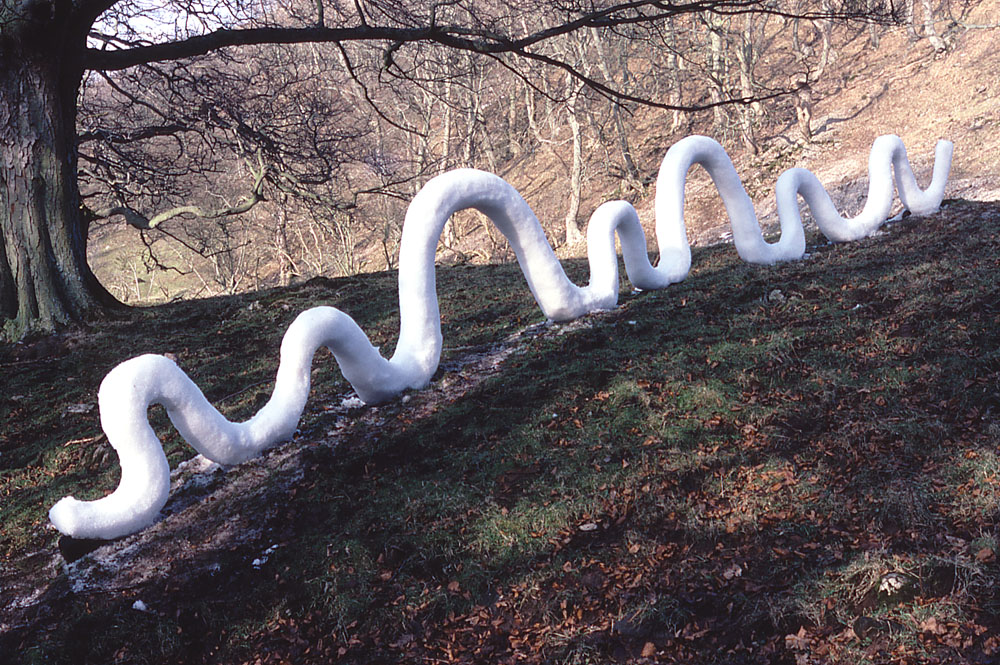
Snow arch , Andy Goldworthy, 1984
Ha! flowers, butterflies, the fresh air of nature... This is a totally bucolic post about a few land art artists who work in harmony with the beautiful green to delight our eyes in the most ecological way possible.
Land Art, the origins
Land Art - or Earthwork - was born in the late 1960s in the United States as a response to the increasing commercialisation of art. A number of artists, including Robert Smithson, who laid the foundations in his essay The Sedimentation of the Mind: Earth Projects, decided to question the relationship between art and money, and to break away from the framework restricting the work to the gallery. Art should no longer have a monetary value, nor be reserved for an elite in a closed space. These artists are returning to nature to express themselves without limits, creating using natural materials that are often found on site.
In comparison, today's street art is more or less in the same vein. And when you see that a shredded Banksy painting is worth more than its intact version, you think that we have a long way to go. The advantage of Land Art is that it is destined to disappear, which makes it a happening in the more or less long term. Unlike Banksy's happening, which increased the value of his work despite the artist's wishes, here there is no sense in grabbing yellowed leaves or buying a cut-out mountain block. Nature is an integral part of the setting and the meaning of the work. It is no longer simply represented, but becomes a work in its own right.
These inseparable works are integrated into a natural environment to invite passers-by to observe art in nature, but also the overall work of Nature itself. As the artist Nancy Holt, to whom we owe including Sun Tunnels, choosing these sites as places where people can experiment and see, that's the job. The Land Artist creates in and with Nature, for humans.
Manufactured or hand-made
These works are sometimes monumental, made using machines that cut and move tonnes of stone, as in Michael Heizer's Double Negative and Robert Smithson's Spiral Jetty (left)... or by adding manufactured materials to the landscape, as in The Lightning Field (by Walter de Maria, right) with poles to invite lightning, Surrounded Islands (by Christo, below, in pink), or Sun Tunnels (lower).
Sun Tunnels (1973-76) by Nancy Holt is an example of an in situ installation of concrete tunnels which are perforated according to constellations and positioned to show sunrise and sunset at the solstices. It's an industrial work, yet well and truly qualified as Land Art, which allows the traveller to better appreciate the landscape.
- Nancy Holt, Sun Tunnels, 1973-76. Great Basin Desert, Utah. ———— Nancy Holt, Sun Tunnels, 1973-76. Site: The Great Basin Desert in Northwestern Utah, about 4 miles southwest of Lucin (pop. 10) and 9 miles east of the Nevada border. Dimensions: Total length: 86 ft. Tunnel length: 18 ft. Tunnel diameters outside: 9 ft. 2-1/2 in. Tunnel diameters inside: 8 ft. Wall thickness: 7 1/2 in. Orientation: The tunnels are aligned with the sun on the horizon (the sunrises and sunsets) on the solstices. Each tunnel has a different configuration of holes corresponding to stars in four constellations: Draco, Perseus, Columba, Capricorn. ———— Nancy Holt Sun Tunnels, 1973-76. Great Basin Desert, Utah Length: 86 ft. Diameter of concrete tunnels: 9 ft. 3 in. The tunnels frame the sunrises and sunsets on the solstices.
- Nancy Holt, Sun Tunnels, 1973-76. Great Basin Desert, Utah. ———— Nancy Holt, Sun Tunnels, 1973-76. Site: The Great Basin Desert in Northwestern Utah, about 4 miles southwest of Lucin (pop. 10) and 9 miles east of the Nevada border. Dimensions: Total length: 86 ft. Tunnel length: 18 ft. Tunnel diameters outside: 9 ft. 2-1/2 in. Tunnel diameters inside: 8 ft. Wall thickness: 7 1/2 in. Orientation: The tunnels are aligned with the sun on the horizon (the sunrises and sunsets) on the solstices. Each tunnel has a different configuration of holes corresponding to stars in four constellations: Draco, Perseus, Columba, Capricorn. ———— Nancy Holt Sun Tunnels, 1973-76. Great Basin Desert, Utah Length: 86 ft. Diameter of concrete tunnels: 9 ft. 3 in. The tunnels frame the sunrises and sunsets on the solstices.
These works can also be on a human scale, created in a few seconds in a single throw, or in several hours, as in the work ofAndy Goldworthy. Nature then evolves with these installations. This Land Artist creates a trace on the landscape and sublimates it before it disappears. The work is meditative and meticulous. Here are a few examples made with ice or snow that melted a few moments after the photo was taken.
Current land art
Today, other artists have taken up the torch. There are certainly a lot, but we wanted to show you the work of two of them.
Ludovic Fesson works in the style of Goldworthy. We already told you about him in this article from 2013. He uses natural elements to create harmonious shapes that play with the natural elements.
- OLYMPUS DIGITAL CAMERA
In another style we have not seen before, Geoffroy Mottard covers the statues with flower ornaments. It's a poetic way of adding a bit of colour to the city, dressing up these cold bodies and offering a new look at our urban environment! "Street art" becoming land art, or the reverse?
- Léopold II 10-2015 de Thomas Vinçotte vue du portrait Parc Duden av. Gabriel Fauré 1190 Forest
- Hermès 01-2016 artiste non identifié-e vue de face Place de Rochefort 1190 Forest BRASS
- Victor Rousseau 05-2016 de Georges Vandevoorde vue de côté Av. maréchal Joffre X Av. Rousseau 1190 Forest
Given the ephemeral character of these works, one wonders how these artists manage to make a living from their art. One imagines that what "remains" can be sold, like photos or films. Or that these artists are commissioned to work in situ in a green space. In the 70s, it seems that land art was more a demand than a financial tool.
But in the end, perhaps this type of art doesn't exist to be sold, but to be experienced. And that's precisely what makes it so powerful.
Share this post:

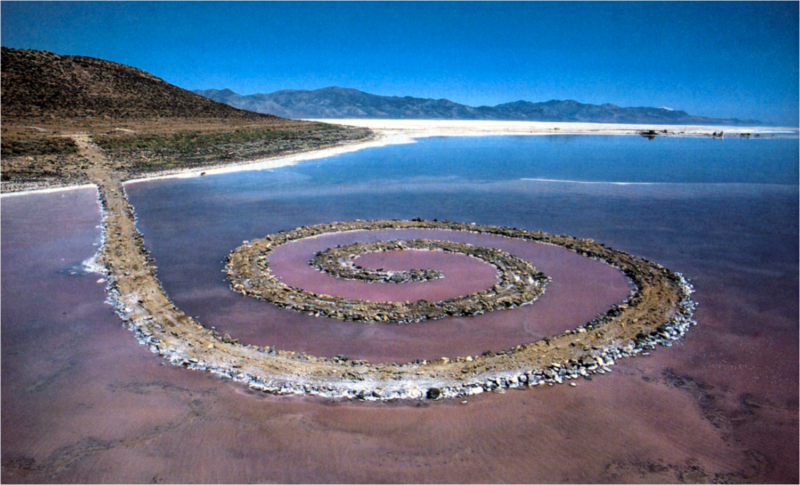
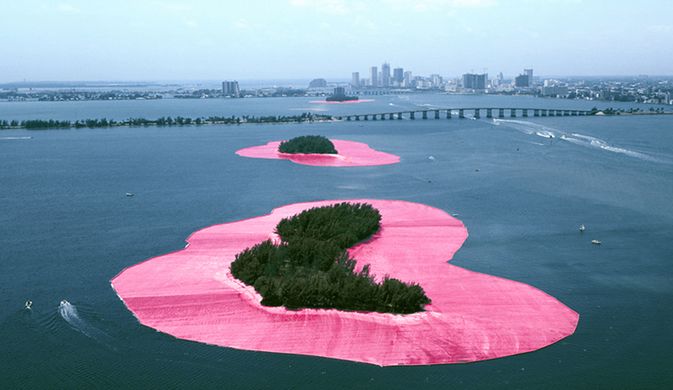
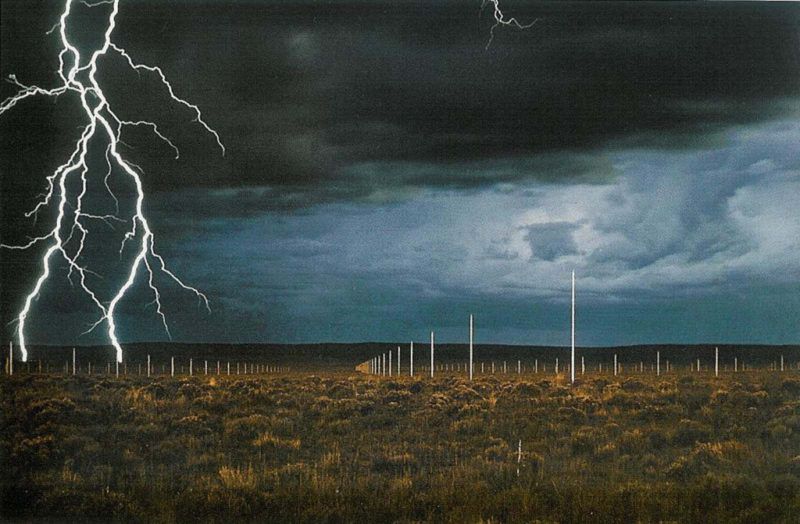
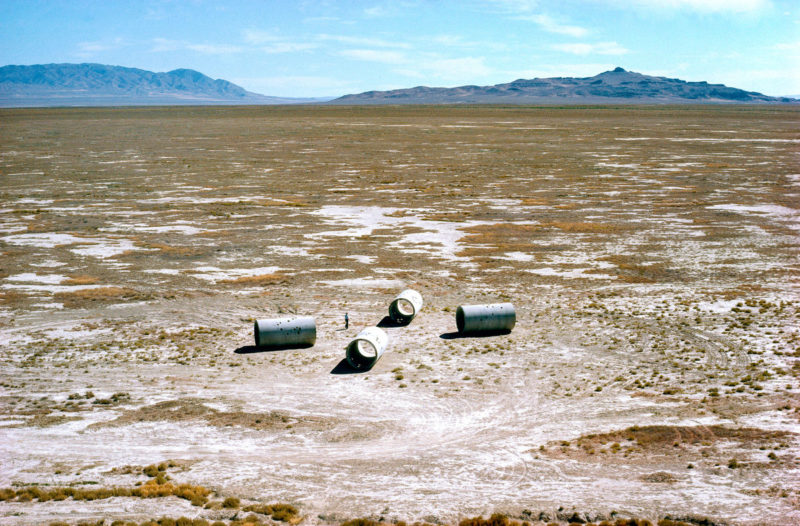
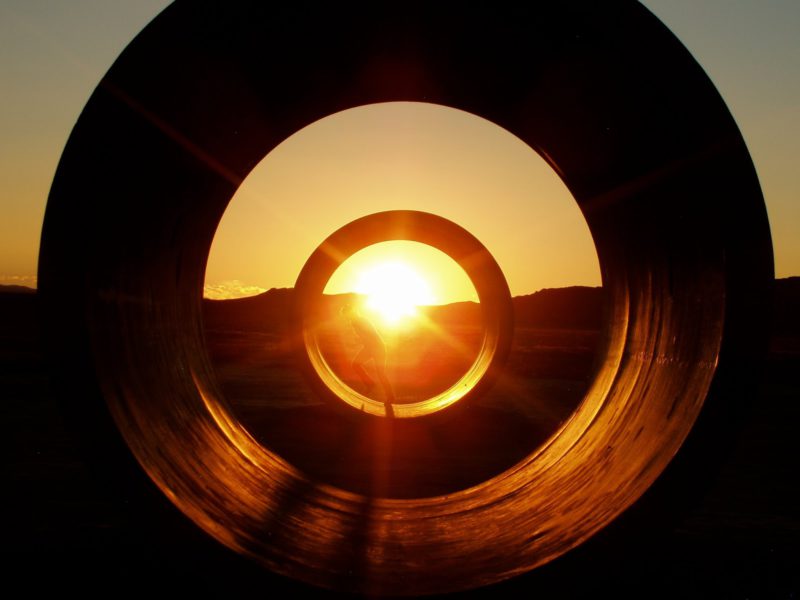
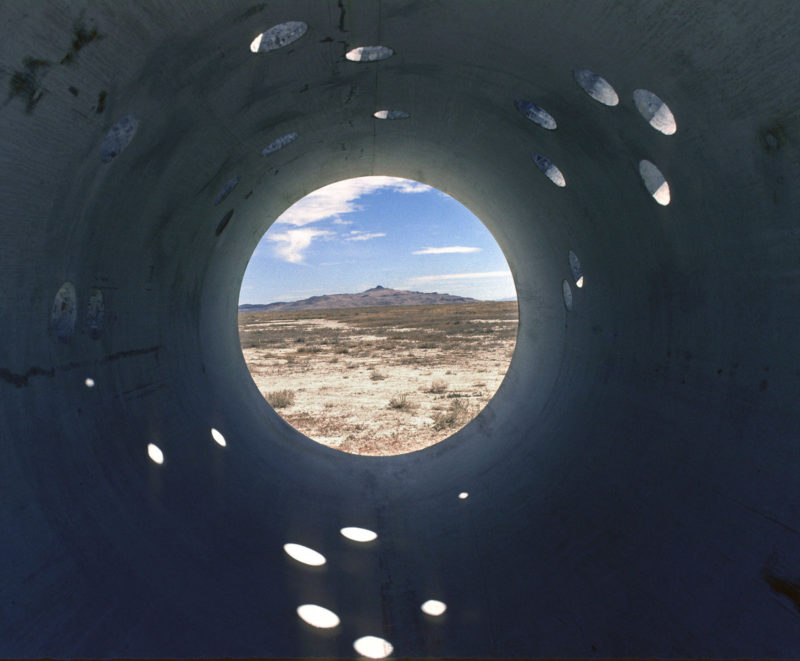
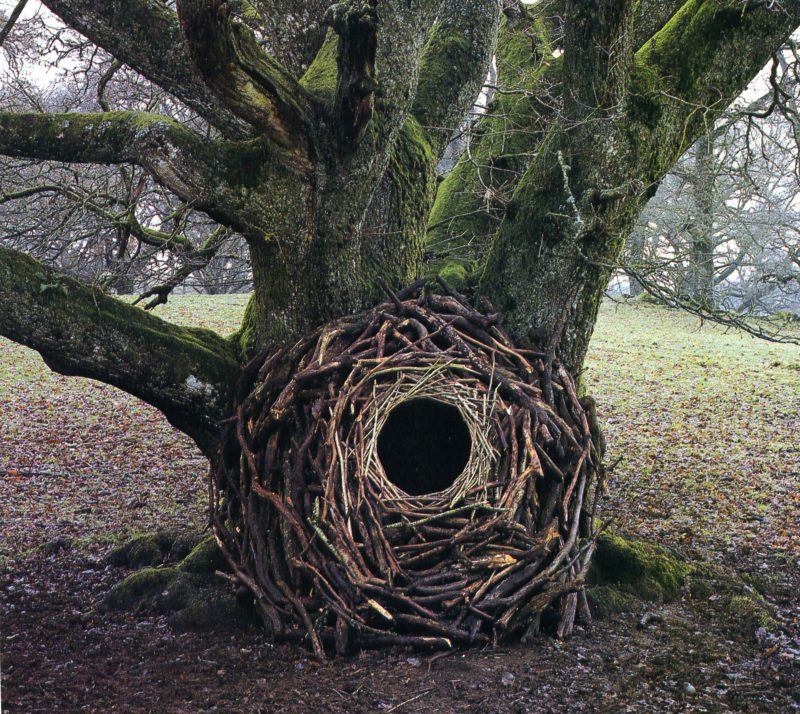
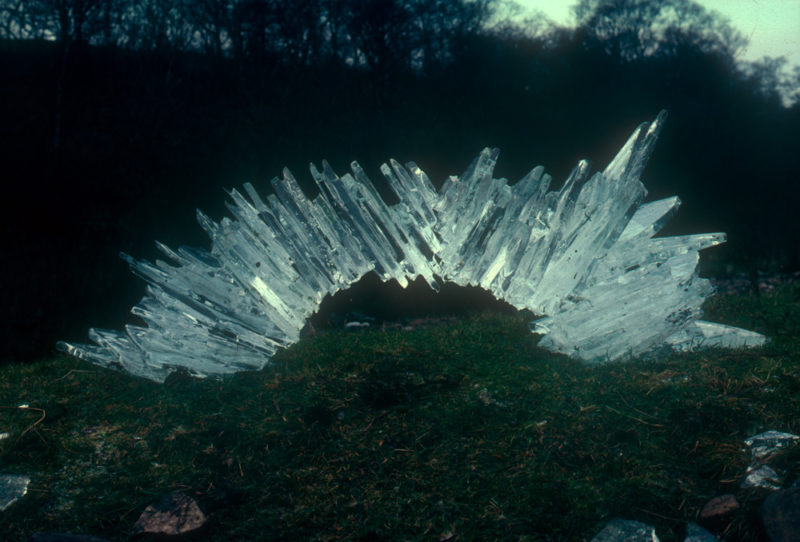
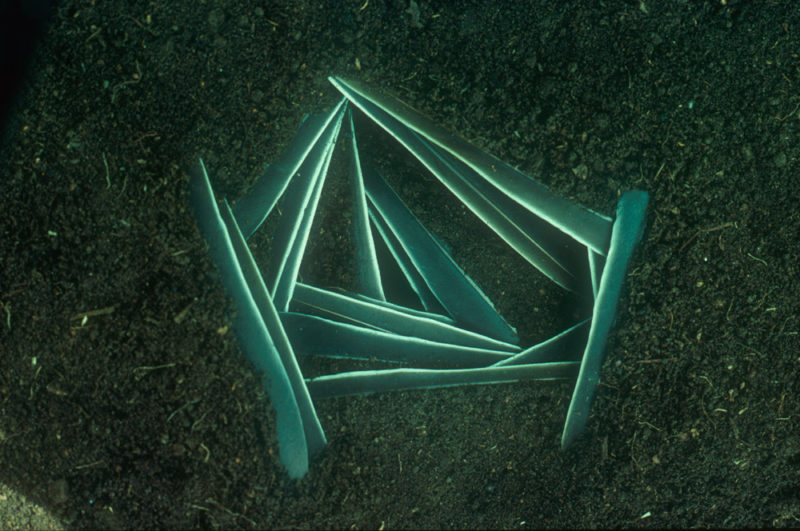
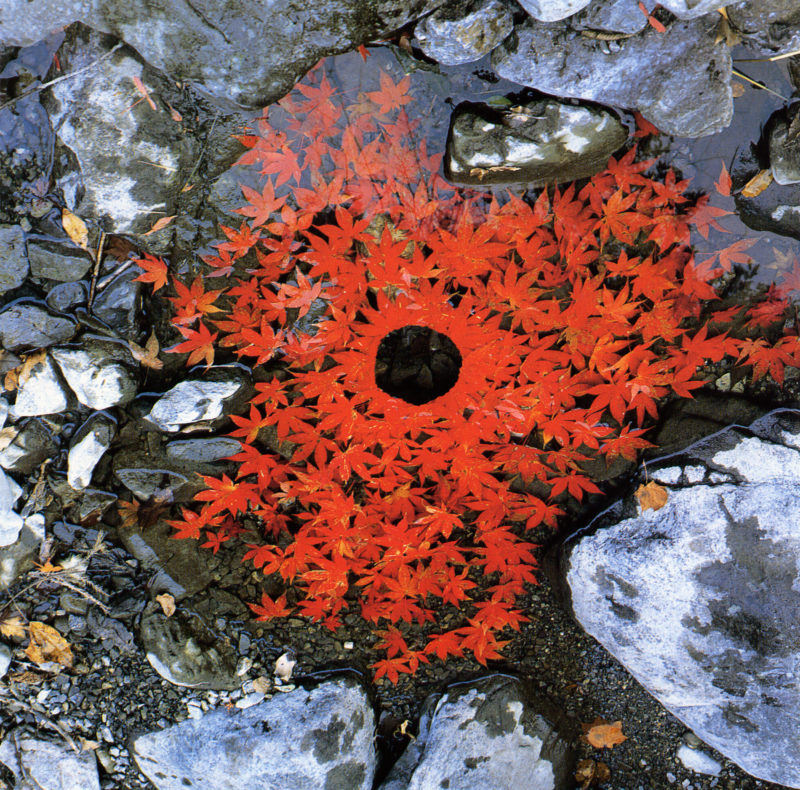
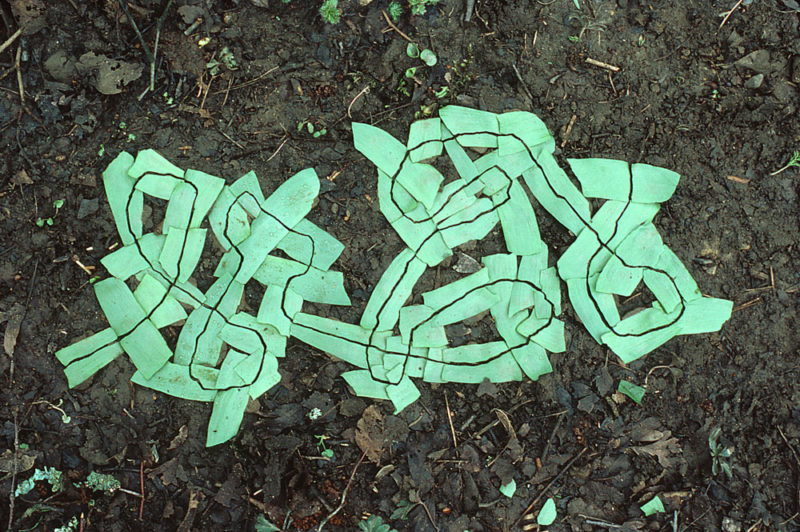
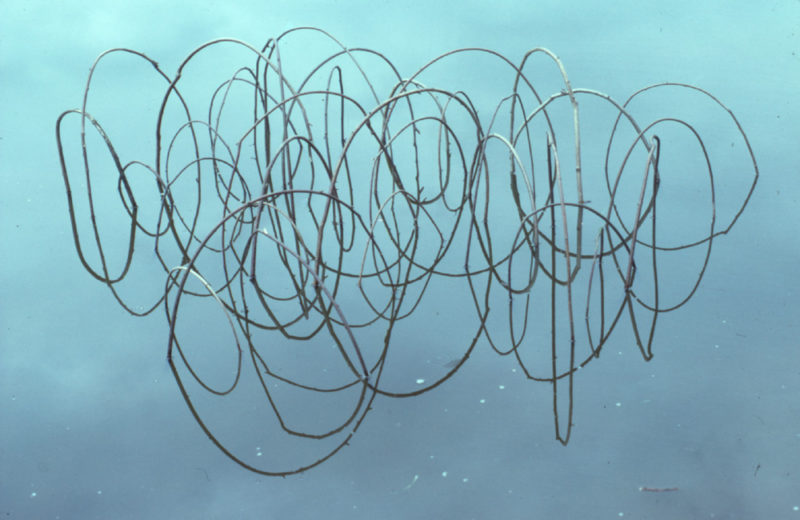
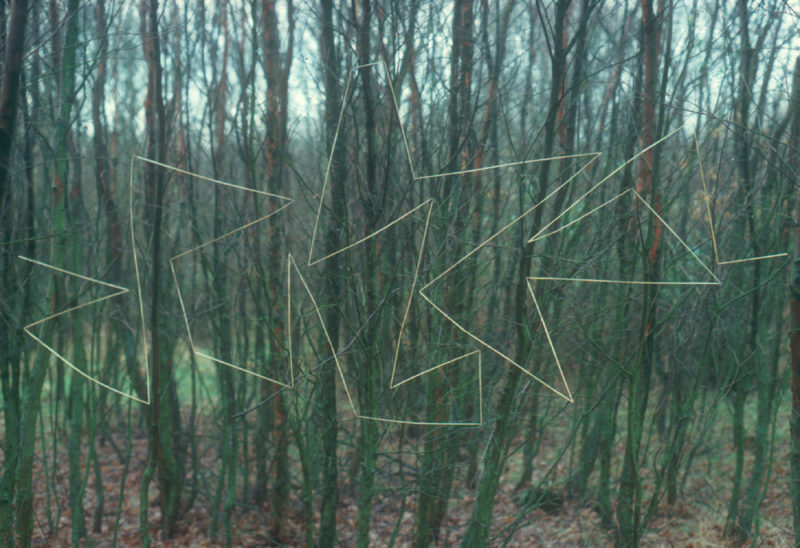
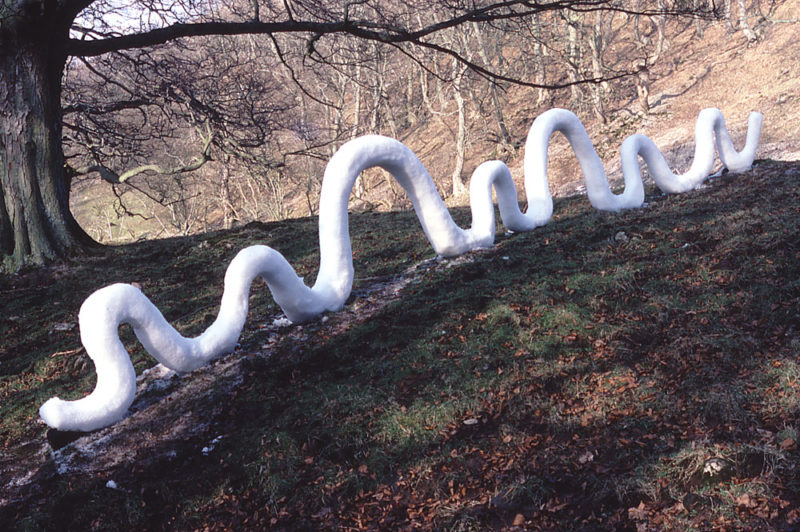
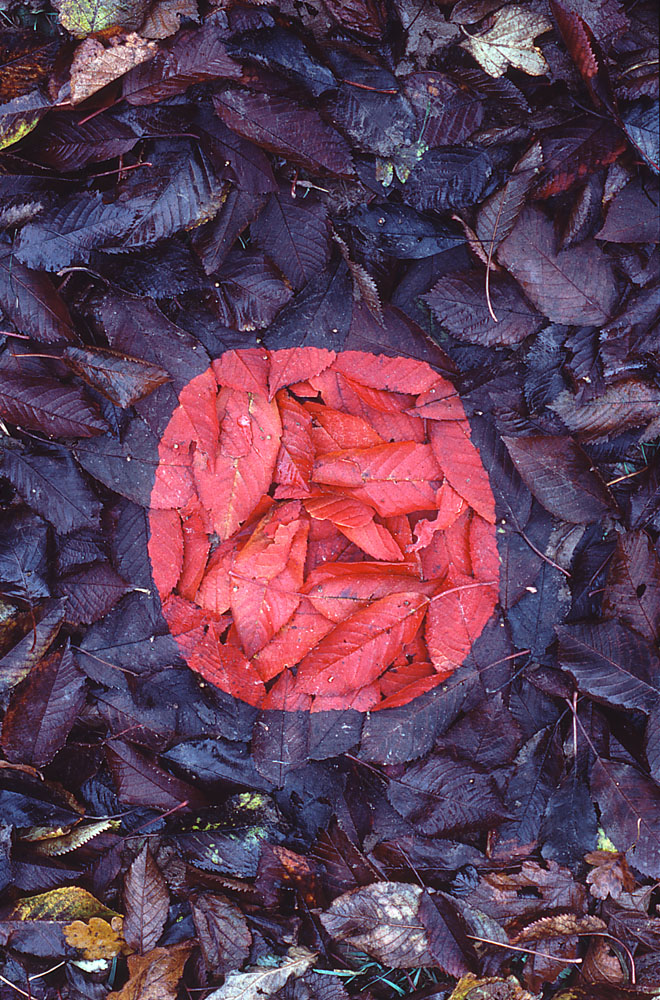
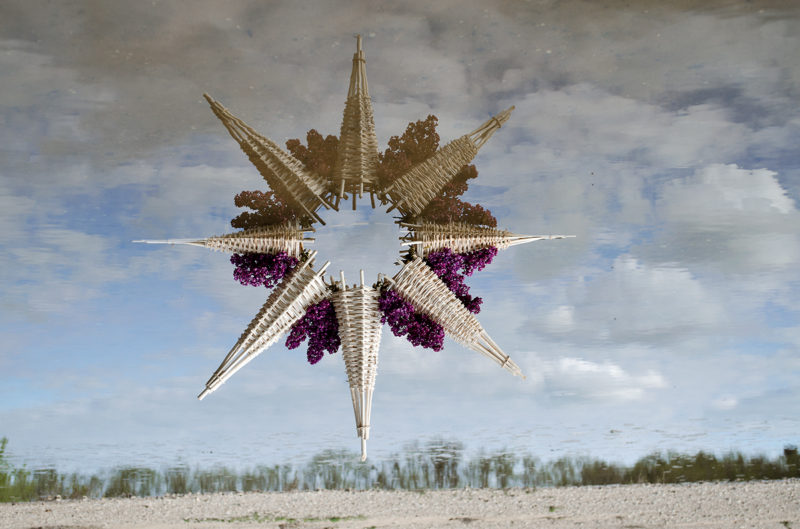
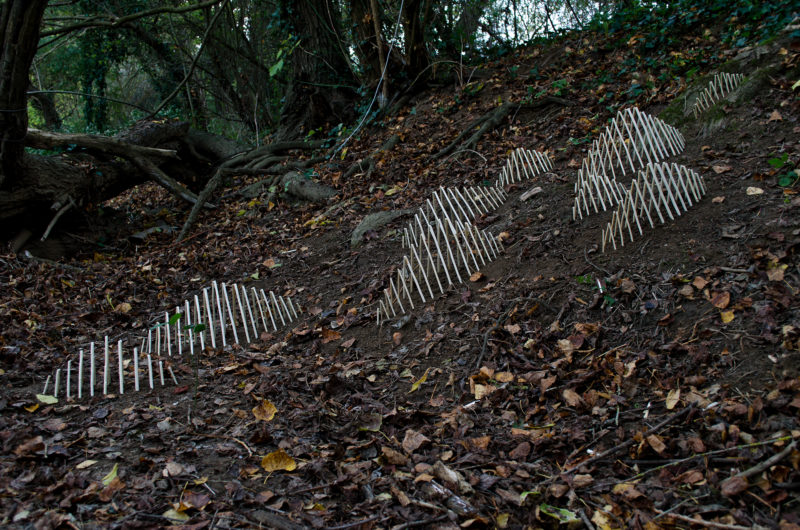
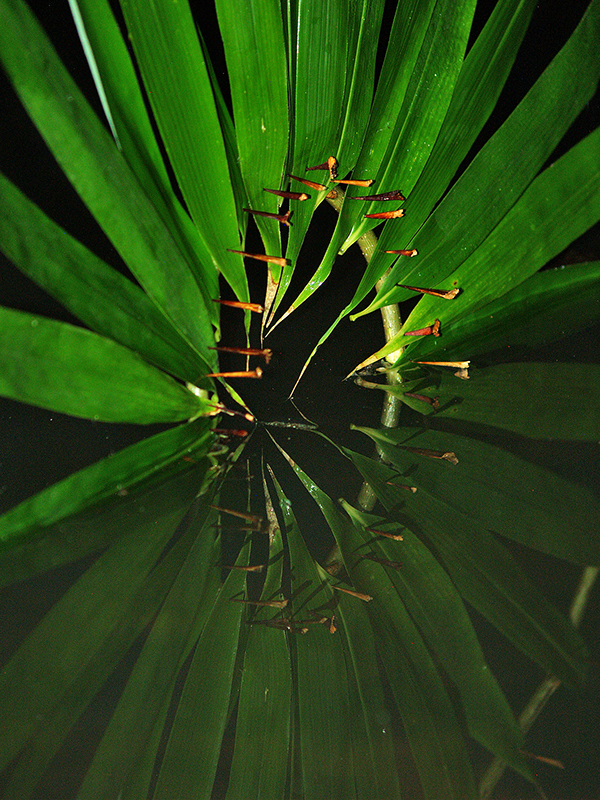
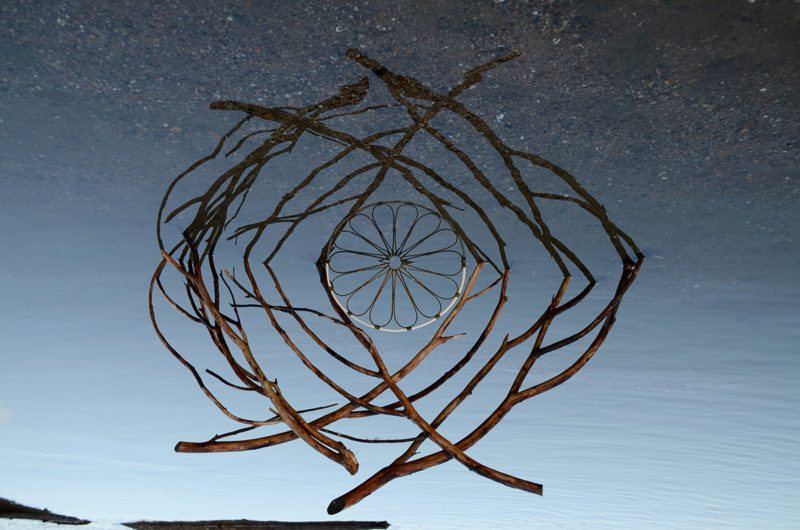
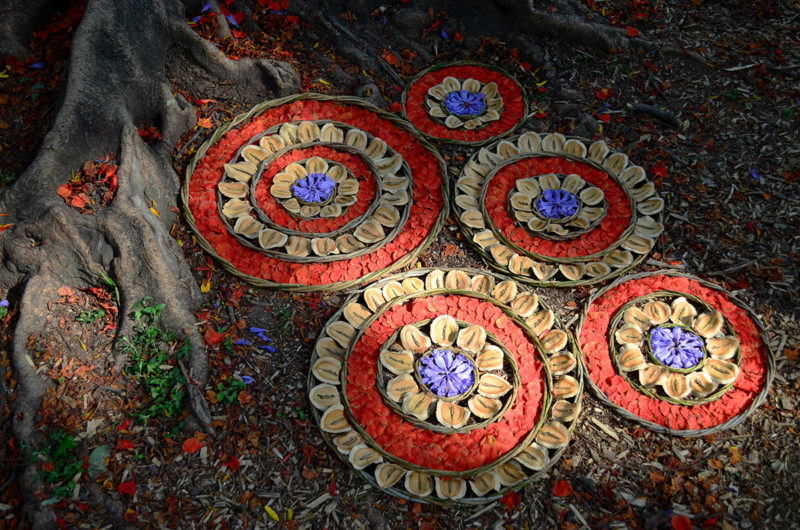

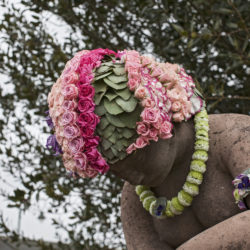


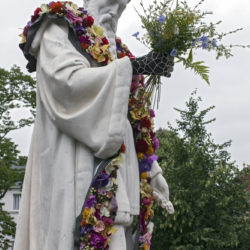
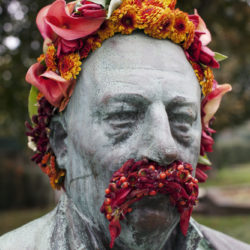

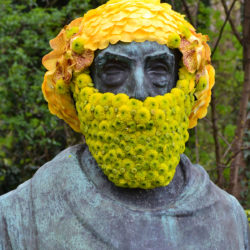
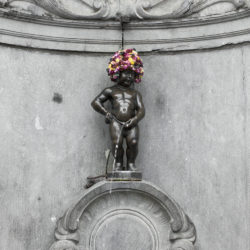
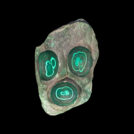
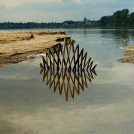
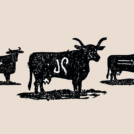
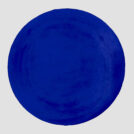
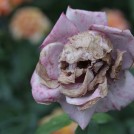
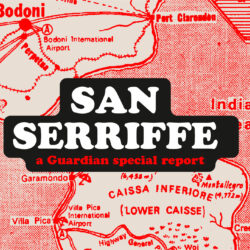 San Serriffe typographic Island
San Serriffe typographic Island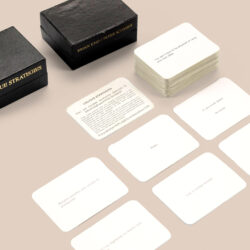 Design, creativity and oblique strategies!
Design, creativity and oblique strategies!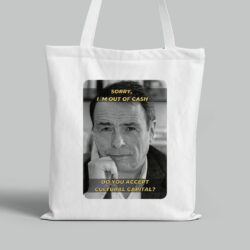 Tote bag, a new social totem?
Tote bag, a new social totem? Sister Corita Kent, the Pop Art nun
Sister Corita Kent, the Pop Art nun Donald Trump, the martyr who makes history
Donald Trump, the martyr who makes history Conférence des Présidents d’Université – Visual identity
Conférence des Présidents d’Université – Visual identity So Skilled – Brand identity
So Skilled – Brand identity France Cohortes – Visual identity
France Cohortes – Visual identity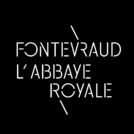 Fontevraud Royal Abbey – Brand identity
Fontevraud Royal Abbey – Brand identity CadoMaestro – Brand identity
CadoMaestro – Brand identity Flat design vs Skeumorphism : The game !
Flat design vs Skeumorphism : The game ! Happy and creepy Halloween ! A Cassandre tribute…
Happy and creepy Halloween ! A Cassandre tribute…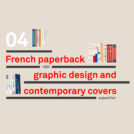 A short history of book covers – 4/4
A short history of book covers – 4/4 Tours Métropole
Tours Métropole Jacno, “Five capital letters!”
Jacno, “Five capital letters!”
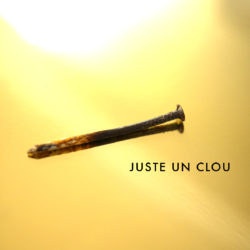
Leave a Reply